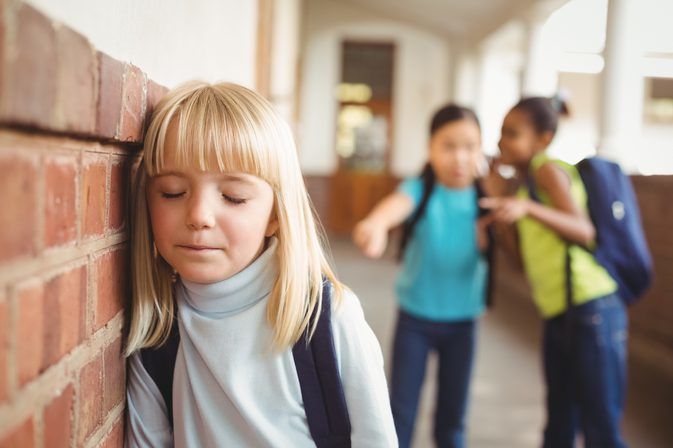I was recently was asked to speak as part of a social justice series at my local church on Children’s Mental Health, more specifically bullying. Bullying is unfortunately a topic that comes up in my office more often then I would like it to. So I thought I would share some little snippets of insight about this topic that impacts 1/6 students between 7-17 yrs. in Australia.
Part 1. Bullying and The Bystander
I was recently was asked to speak as part of a social justice series at my local church on Children’s Mental Health, more specifically bullying. Bullying is unfortunately a topic that comes up in my office more often then I would like it to. So I thought I would share some little snippets of insight about this topic that impacts 1/6 students between 7-17 yrs. in Australia.
I am breaking this into a 3 part series with today’s post focusing on unpacking what bullying is, and the bystander effect. Keep an eye out for Part 2 and Part 3, which will look at how to help the bullied, and the bully.
So what is bullying?
There are so many misconceptions on this and the word is now tossed around homes and schools haphazardly. Bullying involves 3 things:
- An imbalance of power in a relationship;
- Ongoing physical, verbal, or social behaviour;
- Causes physical or psychological harm.
Therefore when two kids have a fight in the playground it does not mean that one is a bully and one is a victim, as bullying is not simply one off isolated incidents of meanness, between two people on the same level. The imbalance of power can come from more then physical statue, it can also relate to cognitive functioning, popularity, physical ability, or strength.
Types of Bullying
There are a number of different types of bullying and these can be overt (obvious) or covert (hidden)
Physical: hitting, kicking, punching, tripping, property damage
Verbal: Name-calling, teasing, intimidation, and racial or homophobic remarks
Social: lying and spreading rumors, playing jokes with intention to humiliate, mimicking unkindly, behaviours with intention to harm someone’s social reputation or cause humiliation
Cyber: bullying using digital technologies and social media, sharing images or videos that are hurtful or abusive, deliberately excluding others online, intimidating or using peoples log in’s.
Impact
There is a strong correlation between children and youth who experience bullying and development of mental health conditions, we all have likely seen on the news tragic stories like Dolly Evert a 14 year old girl who ended her life in January this year. Below is a table of what to look out for and some of the impacts of bullying.
| Emotional and behavioural signs of bullying · Changes in sleep patterns · Changes in eating patterns · Frequent tears or anger · Mood swings · Feels ill in the morning · Becomes withdrawn or starts stammering · Becomes aggressive and unreasonable · Refuses to talk about what is wrong · Begins to target siblings · Continually 'loses' money or starts stealing.
Physical signs of bullying · Has unexplained bruises, cuts, scratches · Comes home with missing or damaged belongings or clothes · Comes home hungry
| School signs of bullying · Doesn't want to go to school · Changes their route to school or are frightened of walking to school · Doesn't want to go to school on the bus/tram/train · School grades begin to fall.
Other signs of bullying · Often alone or excluded from friendship groups at school · A frequent target for teasing, mimicking or ridicule at school · Unable to speak up in class and appears insecure or frightened. |
The Bystander
A bystander is someone who sees or knows about bullying. The way in which a bystander responds to bullying can have a big impact on whether bullying continues. In schools we teach kids to be upstanders when they see bullying occurring and this is a social skill that parents can start to teach from an early age.
Teach children to be upstanders by:
- Teaching them what bullying is, and what bullying isn’t (like the definitions above) so they know how to spot it in the playground.
- Encourage them not to accidentally support the bullying by looking on and doing nothing, laughing at the person being bullied, or by ‘liking’ or ‘sharing’ hurtful photos or posts online.
- Teach assertive skills so they know how to step in, and speak up without being aggressive.
- Remind them to be good friends, and ensure their peers know they are there for them and not alone. Someone being bullied usually feels very isolated and knowing they have a good friend can make a real difference.
- Help them to make a list of people they could tell if they see someone being bullied at school, at the park, and when at their hobbies or sports.
- Encourage them to always seek an adult when they see someone being bullied.
Stay tuned for Part 2 on Bullying where we look at how you can help a child or young person who is the victim of bullying.
